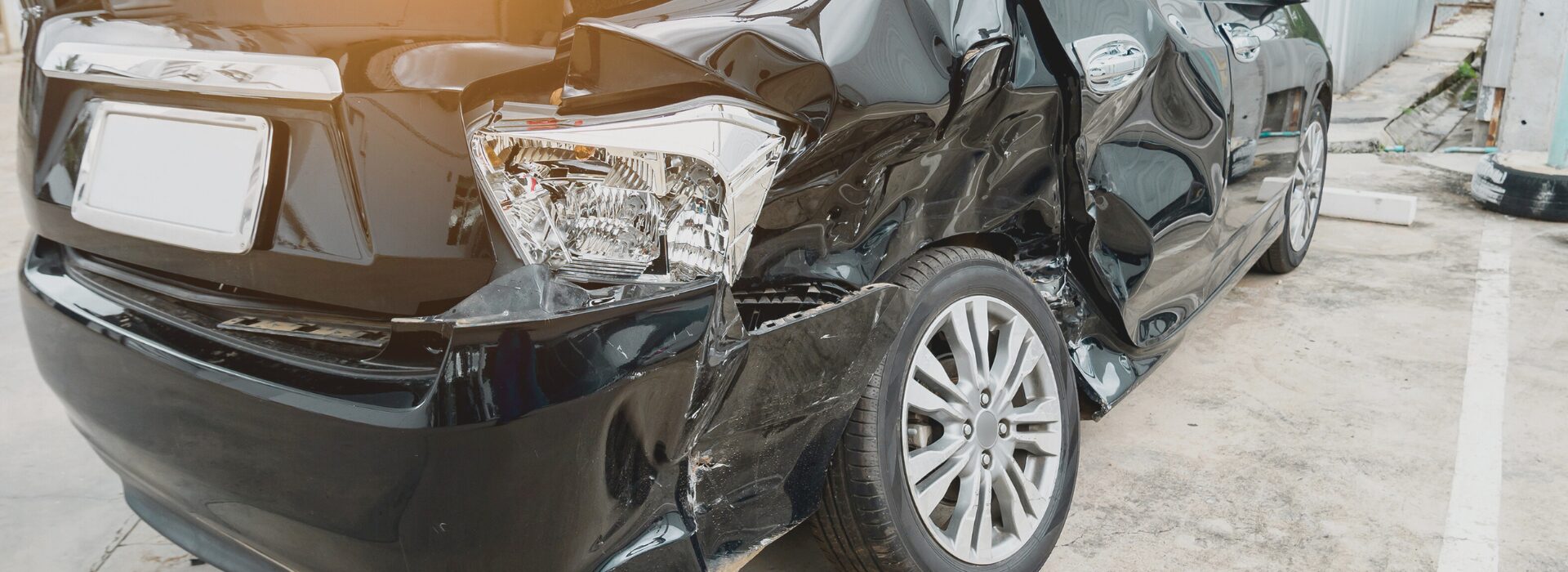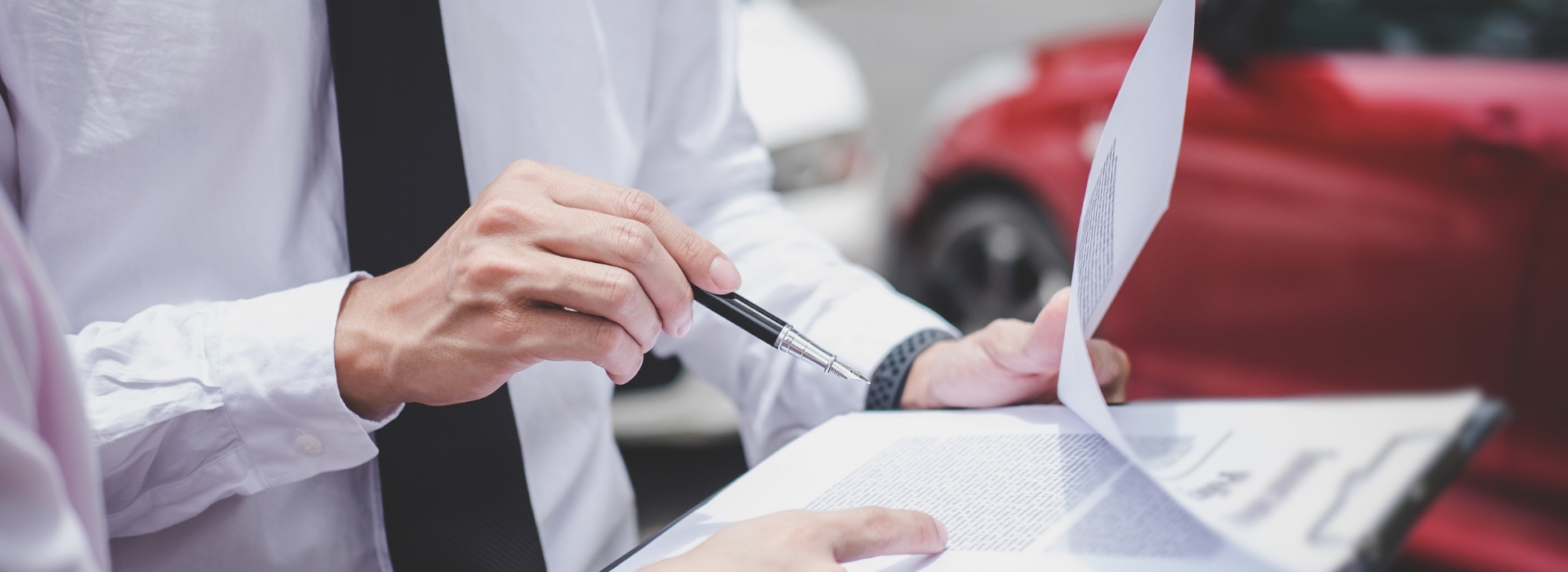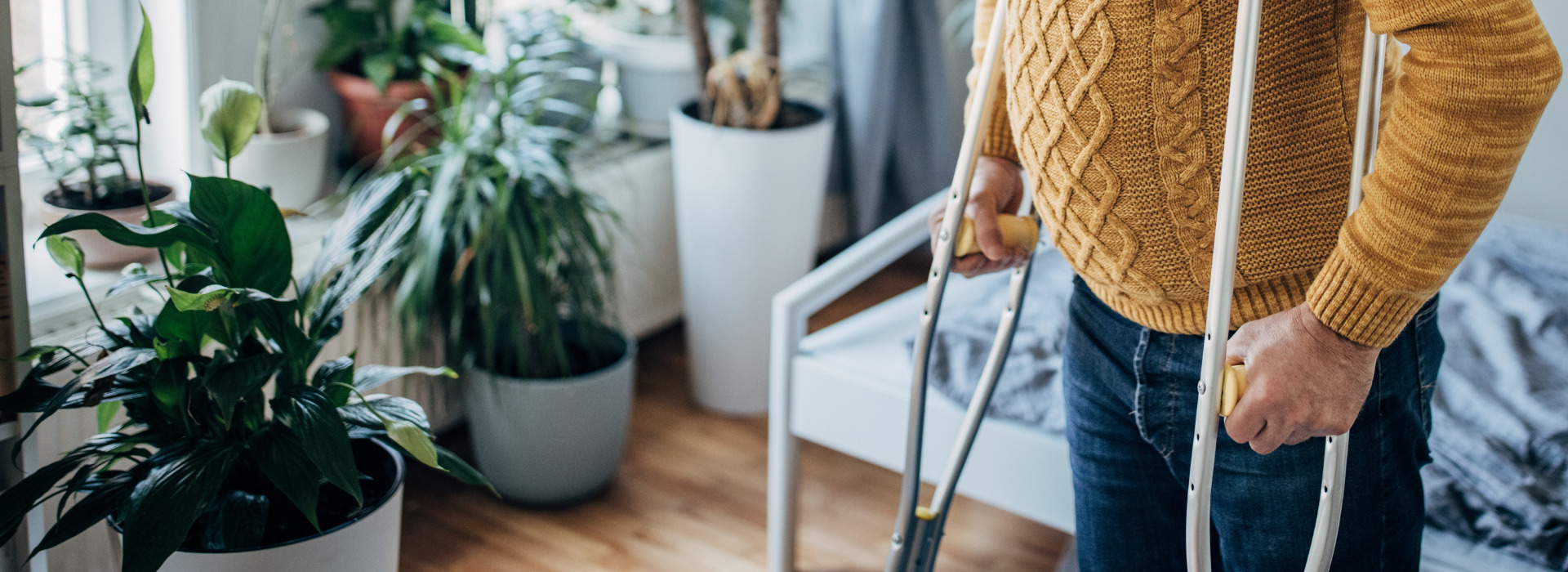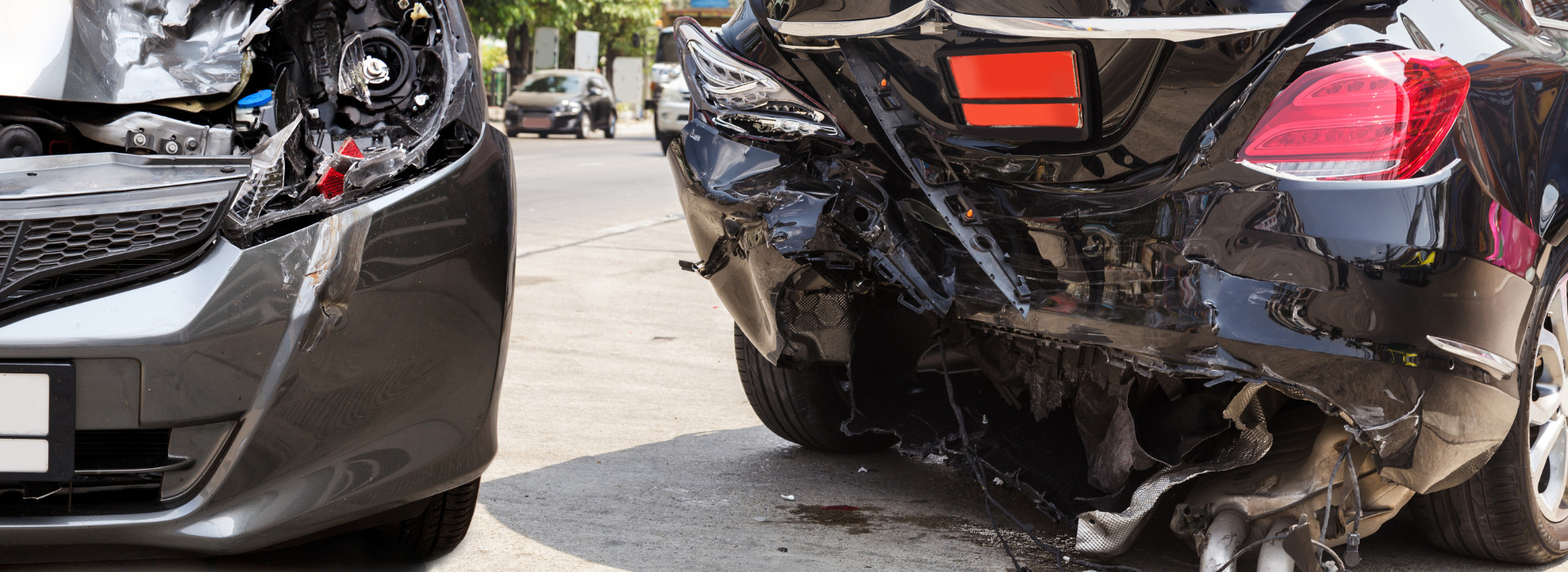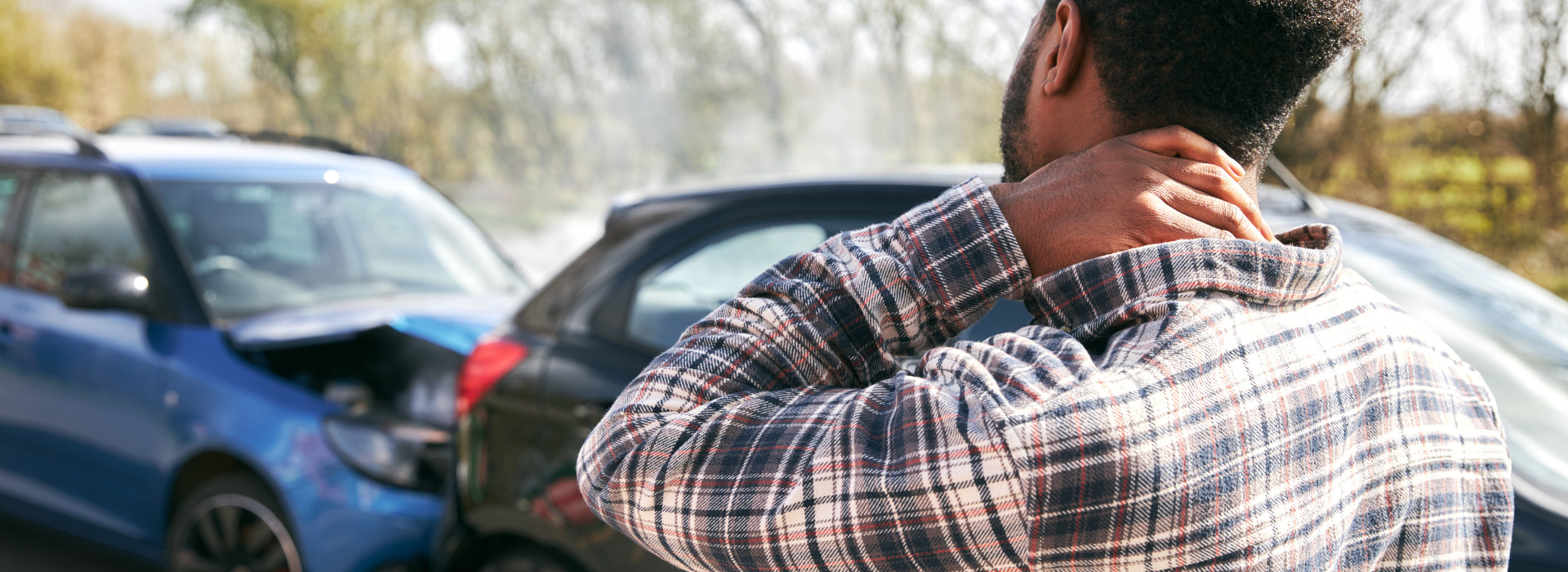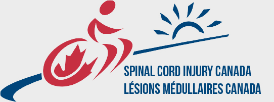Many Albertans use mopeds to get to their destination. Yet you may wonder about moped laws, and what the legal framework around operating a moped is. Who can operate a moped? What are the requirements? These are common questions that come up from individuals injured in moped accidents. Well, the novelty of the vehicle may make attempting to learn about the legal operations of a moped intimidating, the Moped Laws in Alberta are quite simple.
What Kind of License do I need to operate a moped?
To operate a moped, you require at least a Class 7 license, also known as a learner’s license. No supervision is required if operating one with a learner’s license. Though you must be at least 14 and cannot operate after dark if you hold a class 7 license.
What Moped Laws Are There Regarding Safety?
You are required to wear a helmet by law while operating the moped. Additionally, it may be a good idea to wear protective clothing that can shield you in an accident.
What Laws Govern Operation of a Moped in Alberta?
Mopeds, like Motor Vehicles, are governed primarily by the Traffic Safety Act, and its regulations including the Use of the Highway and Rules of the Road Regulation and Vehicle Equipment Regulation.
Notable moped laws include S 55(2) of the regulation, this indicates that a person operating a moped on a highway must have their lights at all times they are operating it on said highway.
Additionally, individuals under 16 years of age are not permitted to operate a moped with passengers on it as per s 76 of the regulation.
S 77 of the regulation further mandates that individuals must keep their hands on the moped except when signalling, keep their feet on the footrests except when stopped, and indicates that drivers are not to carry more passengers than the moped permits. It also specifies moped riders must operate as near as practicable to the edge of the roadway except when making a left turn. When riding on a one way road in an urban area, you may operate the moped as near as practicable to the curb or edge of the roadway.
Mopeds must also be equipped properly with devices including a headlamp, brake lamp, reflectors, brakes, horn, and mirror.
General rules with most vehicles will also apply, such as mopeds being restricted by signals, signage, speed limits, and keeping adequate distance between vehicles.
If I Fail to Wear Proper Safety Gear or Obey Alberta Moped Laws, Do I Still Have a Case?
As with any personal injury case, even if you have disobeyed the law or failed to wear proper safety gear, it may still be worth speaking to an injury lawyer about whether you have a viable claim. Failure to wear safety gear or obey traffic laws can result in a deduction of your ultimate award of damages. Still, the degree of the deduction will vary heavily depending on the facts. Even if you do end up with a deduction, you may still be able to obtain a worthwhile award.
Mopeds like motorcycles offer far less protection than drivers/passengers in a car have access to. As a result, where a moped is involved in an accident, injuries can be severe and cause serious impairment. It is never a bad idea to consider your options for seeking the compensation you are entitled to. This can be important to ensure that you have the resources to afford your necessities and any treatments that may be required in the future.
Questions About Moped Laws? Let James H. Brown and Associates Help.
If you have been injured in a moped accident and have questions about your options, call James H. Brown & Associates. Our lawyers have decades of experience in accidents of all sorts, including accidents involving mopeds and are eager to help you get the compensation you are entitled to. Call us today for your free consultation – 780-428-7088!


